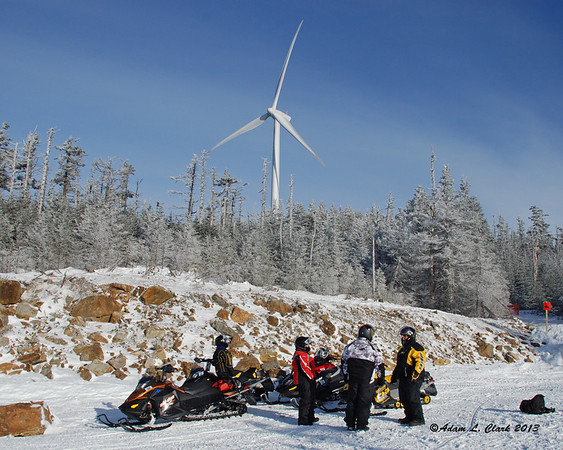Here is a scientific perspective, though biased it is definitely enlightening and worth spending the time to thoroughly examine.
http://www.slideshare.net/JohnDroz/energy-presentationkey-presentation
Thanks, I enjoyed reading the presentation. I found it interesting that the author uses science and critical thinking so selectively.
For example, he misses a few points about the economics. I didn't see any slides discussing the external costs of fossil fuels or the HUGE subsidy that the US nuclear power industry recieves by having our government back-stop their insurance.
I would have like to seen him apply that same critical thinking to the "defense in depth" and "passive safety" concepts used in nuclear power plants. Obviously, the design basis for many nuclear power plants have been seriously challenged by the recent experience in Japan. He also doesn't discuss the implications for nuclear proliferation if breeder reactors are used to process old fuels.
And I agree that the author has a definate bias towards the power of the atom, there might be a bit of group think there...
John Droz:
http://www.desmogblog.com/john-droz
John Droz, Jr. is a Senior Fellow at American Tradition Institute and is an anti-wind-power activist.
In 2011 he became a member of the Board of Directors and scientific advisor to NC-20, an advocacy group that has been
outspoken against restrictions on coastal development.
http://www.sourcewatch.org/index.php?title=American_Tradition_Institute
The American Tradition Institute (ATI) is a 501(c)(3) nonprofit headquartered in Washington, DC and in Denver, CO. According to its mission statement, the ATI is "a public policy research and educational foundation ... founded in 2009 to help lead the national discussion about environmental issues, including air and water quality and regulation, responsible land use, natural resource management, energy development,
property rights, and free-market principles of stewardship."
http://www.atinstitute.org/about/
So it seems clear to me what his perspective is and it is not exactly some hiker who decided to get educated about the issues and was surprised at what he found.

